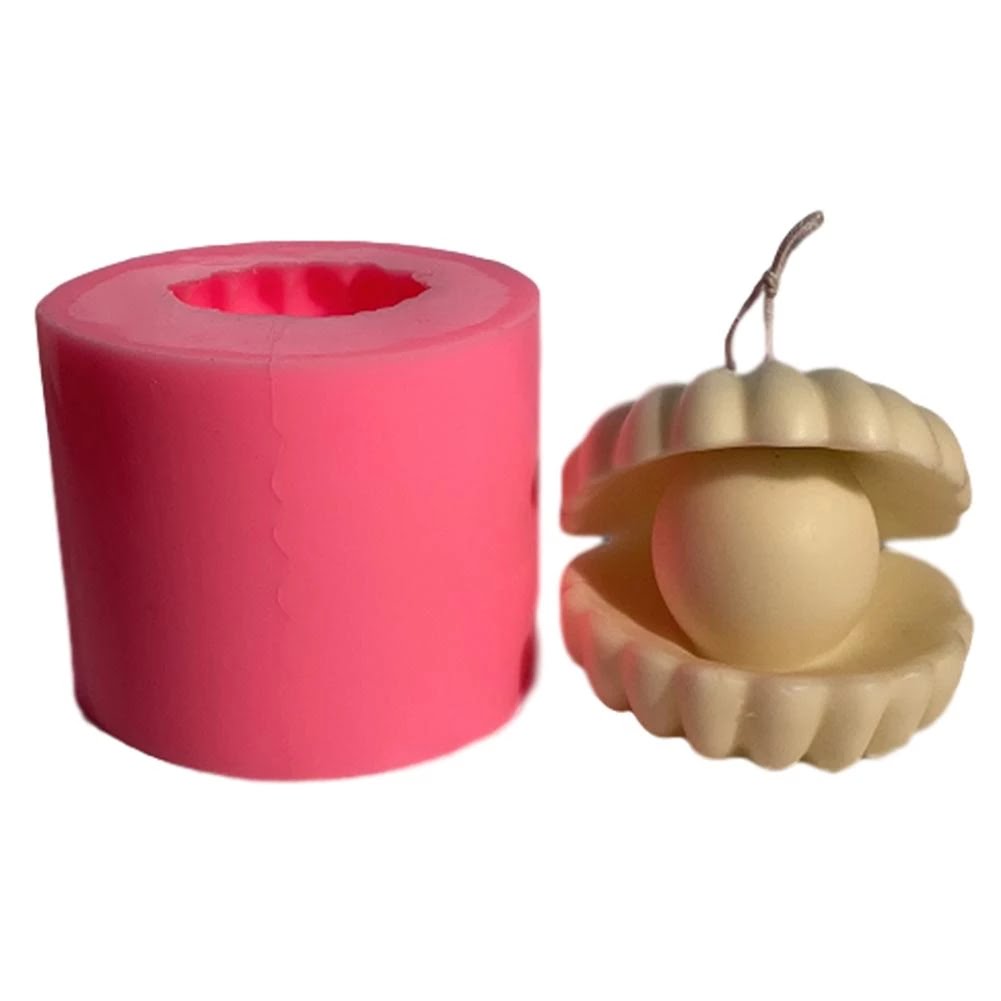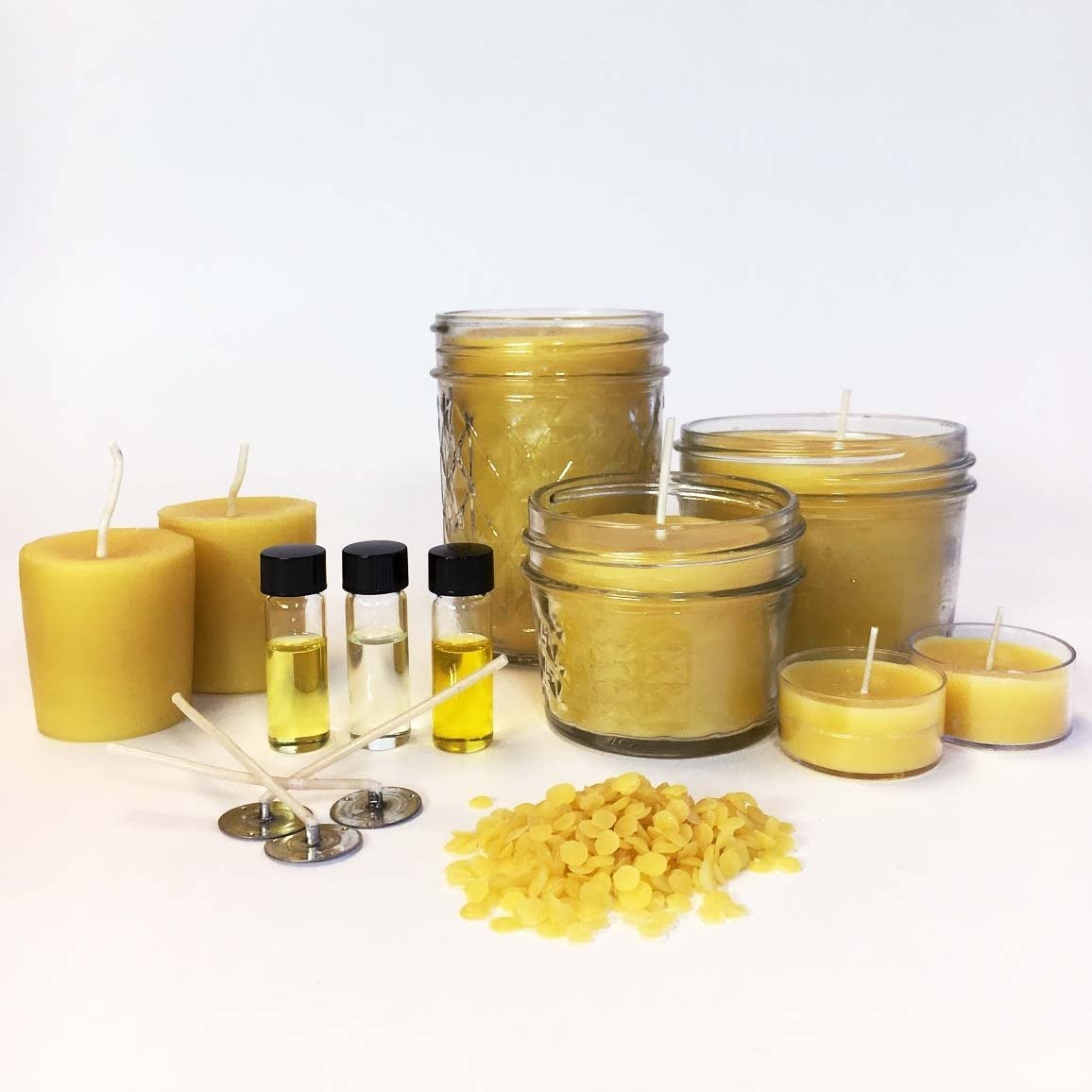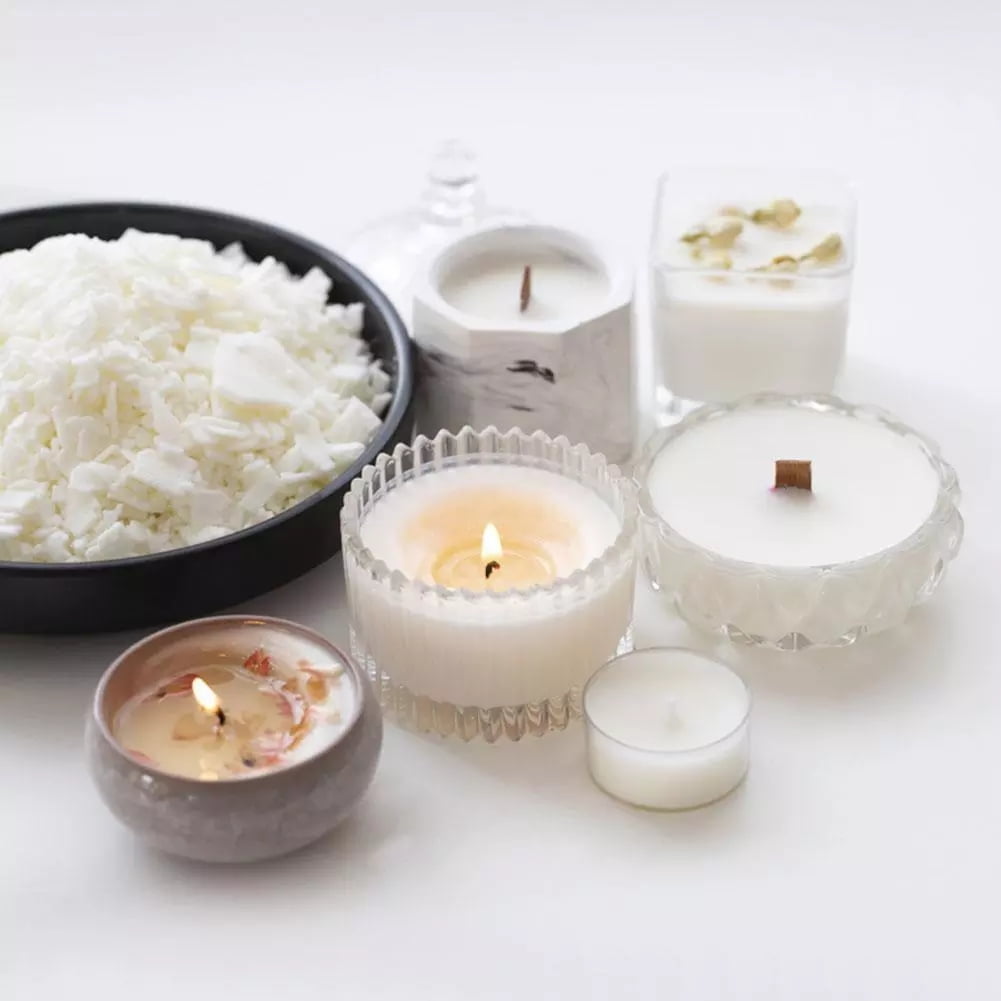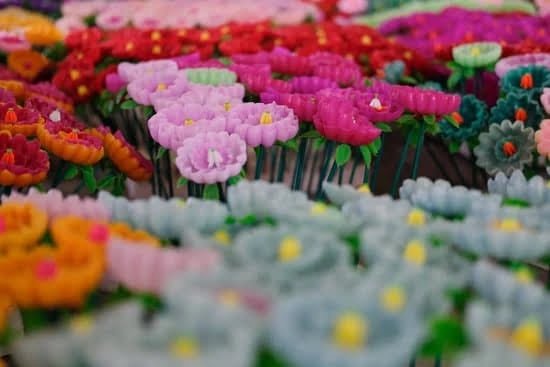Are you wondering how much essential oil to use in candle making? Essential oils are an important component of candle making, as they provide the fragrance that enhances the ambiance of a room.
However, it’s crucial to use the right amount of essential oil to achieve optimal scent strength without compromising safety. In this article, we’ll delve into the basics of essential oils, discuss safety precautions, explore factors affecting usage, and provide a step-by-step guide on calculating the correct amount for your candles.
First and foremost, it’s important to understand what essential oils are and how they are extracted from plants. Essential oils are highly concentrated natural plant extracts that carry the characteristic fragrance and properties of the source plant. Due to their potency, essential oils must be handled with caution, especially when used in candle making. Safety measures should always be observed to prevent potential risks such as skin irritation or allergic reactions.
When determining how much essential oil to use in candle making, various factors come into play. The type of wax being used, the size of the candle, and personal preferences all influence the appropriate amount of essential oil for achieving the desired fragrance strength. We will explore these factors in detail and provide guidance on how to make informed decisions when measuring out essential oils for your candles.
The Basics of Essential Oils
Essential oils are highly concentrated liquids that are extracted from plants, typically through methods such as distillation or cold-pressing. These oils capture the natural fragrance and properties of the plant they are derived from, making them popular for use in candle making. It’s important to note that essential oils are different from fragrance oils, which are synthetic and do not offer the same therapeutic benefits as essential oils.
When it comes to using essential oils in candle making, it is crucial to understand their potency and how they interact with the wax. Not all essential oils are created equal, and their strength can vary depending on the plant they come from. This is why knowing how much essential oil to use in candle making is essential to achieve the desired fragrance without overpowering the candle or risking potential safety hazards.
- Different factors can affect how much essential oil to use, such as the type of wax being used.
- Consideration should also be given to the size of the candle and personal preference when determining the appropriate amount of essential oil.
- It’s important to use caution and follow recommended guidelines for safe usage of essential oils in candle making.
In order to ensure that the correct amount of essential oil is used in candle making, it’s necessary to take into account these various factors and carefully calculate the proper ratio for each specific scenario. By doing so, you can achieve a well-fragranced candle without any negative effects on its quality or safety.
Ultimately, understanding the basics of essential oils and how they are extracted from plants is crucial for anyone looking to incorporate them into their candle making process. Taking care to use them safely and judiciously will result in high-quality candles with beautiful fragrances that provide a delightful sensory experience.
Essential Oil Safety
When it comes to using essential oils in candle making, safety is of utmost importance. Essential oils are highly concentrated and potent substances that can pose risks if not handled properly. It’s crucial to understand the potential risks and take necessary precautions when working with these powerful oils.
One of the main considerations for essential oil safety in candle making is the potential for skin irritation or allergic reactions. Direct contact with undiluted essential oils can cause skin sensitivity or irritation, so it’s important to always handle them with care and use proper protective gear such as gloves when handling them.
Additionally, some essential oils may be phototoxic, meaning they can make the skin more sensitive to sunlight, so it’s important to be aware of which oils have this property and take appropriate precautions.
In addition to skin concerns, there are also inhalation risks associated with using essential oils in candle making. Some individuals may be particularly sensitive to certain scents or have respiratory issues that could be aggravated by inhaling certain essential oils.
Proper ventilation is important when working with essential oils, especially in a concentrated form, to minimize the risk of any adverse effects from inhalation. Understanding these potential risks and taking appropriate precautions is key to ensuring safe usage of essential oils in candle making.
Factors to Consider
Type of Wax
The type of wax used in candle making can significantly impact how much essential oil is needed. For instance, soy wax tends to hold fragrance better than paraffin wax, so you may need to use a different amount of essential oil depending on the type of wax you choose. It’s important to consider the absorption and retention properties of the wax when determining the right amount of essential oil to use.
Size of the Candle
The size of the candle also plays a crucial role in determining how much essential oil should be added. Larger candles will require more essential oil compared to smaller ones in order to achieve a strong and consistent fragrance throughout the entire burn. Understanding the size-to-scent ratio is essential for creating candles with optimal fragrance levels.
Personal Preference
Personal preference is another factor that can influence the amount of essential oil used in candle making. Some individuals may prefer a more subtle scent, while others may enjoy a stronger aroma. It’s important to take into account your target audience or customers’ preferences if you are creating candles for sale, as well as your own personal preference when making them for yourself.
When considering these factors, it’s crucial to find the right balance between using enough essential oil to achieve a desirable fragrance without overpowering the candle. Experimentation and testing different amounts will help you determine how much essential oil is ideal for your specific candle-making needs.
Calculating the Right Amount
When it comes to making scented candles, the amount of essential oil used is crucial in achieving the perfect balance of fragrance. The general rule of thumb is to use 1 oz (30 ml) of fragrance oil per 1 lb (450 g) of wax. However, when using essential oils, this ratio may vary based on the potency and purity of the oil. Generally, it is safe to use around 6-10% essential oil by weight in your candle wax.
The first step in determining how much essential oil to use in candle making involves understanding the maximum fragrance load your type of wax can hold. Different types of waxes have different capacities for absorbing fragrance. For example, soy wax can typically hold around 10% fragrance load, while paraffin wax can hold higher amounts at around 12%. Beeswax, on the other hand, has a lower absorption capacity at approximately 8%.
Another key consideration is the size and type of candle you are making. A larger candle will naturally require more essential oil to achieve a noticeable scent throw compared to a smaller one. Additionally, container candles may require less fragrance than pillar candles due to their confined space.
Lastly, personal preference also plays a role in determining how much essential oil should be used in candle making. Some individuals prefer a subtle aroma while others enjoy a stronger scent that fills the room instantly. It’s important to take these preferences into account when calculating the right amount of essential oil for your candles.
| Wax Type | Fragrance Load |
|---|---|
| Soy Wax | Around 10% |
| Paraffin Wax | Around 12% |
| Beeswax | Around 8% |
Best Practices for Mixing
When it comes to mixing essential oils with wax for candle making, it’s important to follow best practices to ensure that the fragrance is evenly distributed and the optimal scent is achieved. Here are some tips and techniques to consider when mixing essential oils with wax:
1. Use a precise measuring tool: Whether you’re using a liquid or solid form of essential oil, it’s important to measure the exact amount needed for your candle recipe. A graduated cylinder or pipette can help ensure accurate measurements.
2. Mix at the right temperature: The ideal temperature for adding essential oils to wax is typically around 185°F (85°C). This allows the essential oils to blend evenly with the wax without getting scorched or evaporating too quickly.
3. Stir thoroughly and consistently: Once the essential oils are added to the melted wax, it’s crucial to stir them together thoroughly and consistently. This helps ensure an even distribution of fragrance throughout the entire candle.
4. Add essential oils gradually: If your candle recipe calls for multiple types of essential oils, it’s best to add them in small increments, stirring well after each addition. This gradual process allows you to control the strength and balance of different fragrances.
5. Consider using a fragrance calculator: In some cases, especially when working with complex scent combinations, a fragrance calculator can be a helpful tool in determining how much of each essential oil to use based on your specific recipe.
6. Practice caution with potent oils: Some essential oils are more potent than others and can easily overpower a blend if not used in moderation. Oils such as patchouli, clove, cinnamon, and peppermint should be used sparingly due to their strong scents.
By following these best practices for mixing essential oils with wax, candle makers can achieve an even distribution of fragrance and produce high-quality candles with optimal scent results.
Testing and Adjusting
When making candles with essential oils, it’s essential to test the scent strength to ensure that the fragrance is neither too strong nor too weak. This step is crucial in achieving the perfect balance of aroma in your finished product. Testing and adjusting the scent strength of your candle will help you create a high-quality product that meets your personal preferences as well as those of your customers, if you plan to sell them.
Importance of Testing
Before finalizing the scent strength of your candle, it’s important to conduct thorough testing. This involves burning the candle for a specific period and observing the intensity of the fragrance. Without proper testing, you may end up with a candle that either lacks scent throw or is overpowering.
Making Adjustments
If the fragrance is too strong, consider reducing the amount of essential oil used in your next batch. Conversely, if the scent is too weak, you’ll need to increase the amount of essential oil in your next attempt. Keep detailed notes during this process so that you can track all adjustments made and their effects on fragrance strength.
It’s also worth noting that factors such as wax type, size of the candle, and environmental conditions can affect how much essential oil should be used. As such, conducting multiple tests under different scenarios can help you determine the ideal amount for various situations. Remember, patience and precision are key when testing and adjusting the scent strength of your candles to achieve optimal results.
Recommended Essential Oil Blends
When it comes to creating the perfect scented candle, using the right amount of essential oils is crucial. But determining how much essential oil to use in candle making can be a bit tricky if you’re not familiar with the process. The good news is that there are recommended usage rates for various essential oil blends that can help guide you in the right direction.
Popular Essential Oil Blends:
One of the most popular essential oil blends for candle making is lavender and chamomile. This combination creates a soothing and calming aroma that is perfect for relaxation and stress relief. The recommended usage rate for this blend is 6-8% of the total wax weight. Another favorite blend is citrus and mint, which provides a refreshing and invigorating scent. The recommended usage rate for this blend is 8-10% of the total wax weight.
It’s important to note that these recommended usage rates are just a starting point and can be adjusted based on personal preference. Some people may prefer a stronger scent, while others may prefer a more subtle fragrance. Additionally, factors such as the type of wax used and the size of the candle can also influence how much essential oil should be used.
To ensure you achieve the perfect fragrance for your candles, it’s recommended to start with the lower end of the usage rate range for your chosen essential oil blend and then gradually increase based on your preference. Always remember to test your candles before making large batches to ensure you achieve the desired scent strength. By following these recommended usage rates and making adjustments as needed, you can create beautifully scented candles that will delight your senses.
| Popular Essential Oil Blends | Recommended Usage Rates |
|---|---|
| Lavender and Chamomile | 6-8% of total wax weight |
| Citrus and Mint | 8-10% of total wax weight |
Conclusion
In conclusion, the use of essential oils in candle making can add a wonderful aroma to your home and create a relaxing atmosphere. However, it is crucial to understand the importance of using the right amount of essential oil to ensure a high-quality finished product.
Through this article, we have delved into the basics of essential oils, discussed safety considerations, explored various factors that can affect usage, and provided a step-by-step guide on how to calculate the correct amount for different candle sizes and types.
When considering how much essential oil to use in candle making, it is important to remember that less is often more. Essential oils are highly concentrated and a little goes a long way. By carefully calculating the right amount based on the size and type of the candle, as well as personal preference, you can achieve an optimal fragrance without overpowering or underwhelming your senses.
Ultimately, achieving the perfect balance of essential oil in your candles will require some trial and error. It is important to test the scent strength of your candles and make adjustments as needed to ensure that you are satisfied with the result.
By following best practices for mixing and considering recommended usage rates for popular essential oil blends, you can create beautifully scented candles that enhance any space in your home. Remember that each candle maker has their own preference when it comes to fragrance intensity, so don’t be afraid to experiment until you find what works best for you.
Frequently Asked Questions
What Is the Ratio of Essential Oil to Candle Wax?
The ratio of essential oil to candle wax typically ranges from 6% to 12%. This means that for every pound of wax, you would use around 1 to 2 ounces of essential oil. However, the specific ratio can vary based on the type of wax and the strength of the essential oil.
How Do You Calculate Essential Oil for Candles?
To calculate the amount of essential oil for candles, you would first determine the total weight of your melted wax. Then you would multiply that weight by the percentage of fragrance oil you want to use (typically between 6% and 12%) to find out how much essential oil to add.
It’s important to measure carefully to ensure your candle has a pleasant scent without being overpowering.
Can You Put Too Much Essential Oil in a Candle?
Yes, it is possible to put too much essential oil in a candle. Adding an excessive amount of essential oil can lead to an overpowering scent when the candle is burned, or even cause safety issues such as flaring or smoking.
Additionally, adding too much oil can affect how well the candle burns, so it’s important to follow recommended guidelines for fragrance concentration.

Welcome to my candle making blog! In this blog, I will be sharing my tips and tricks for making candles. I will also be sharing some of my favorite recipes.





